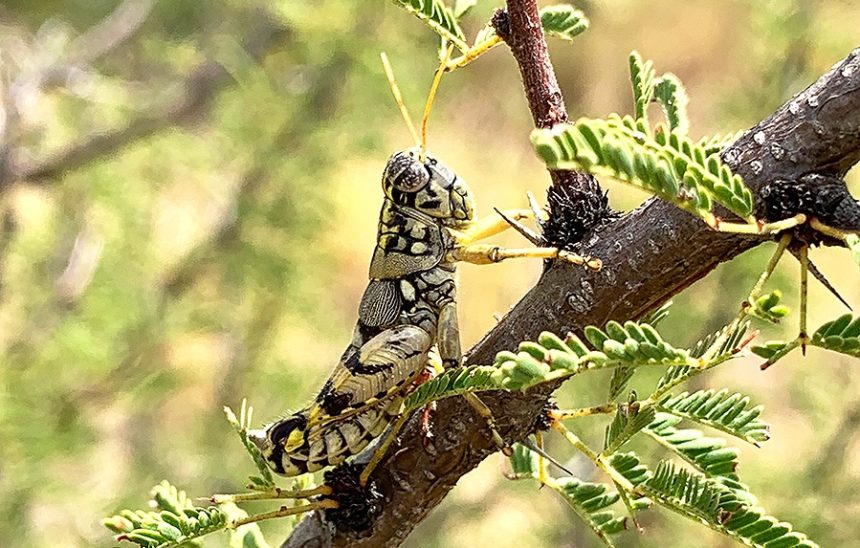An assistant professor at Mississippi State University recently made a “hopping” discovery that’s now “jumping” all around science circles.
JoVonn Hill, director of Mississippi State’s Entomological Museum and assistant professor at the Mississippi Agricultural and Forestry Experiment Station, documented in a recent research article that he and his team explored thorny scrubs in U.S. and Mexican deserts. While doing so, they found 16 grasshopper species never documented before.
Prior to the finding, only three species of Agroecotettix were known. Now, with the discovery, 19 grasshoppers falling into the species are on record.
“It’s important to keep exploring our biodiversity, especially from a conservation standpoint, before we lose it,” Hill said, per a news release from the university.

Hill hypothesized that the new species of grasshopper likely diversified during the Pleistocene Epoch, also known as the Ice Age. He noted that in the Rocky Mountains, species of this subfamily in alpine grasslands likely became isolated as glaciers receded and their habitats shifted to higher elevations. Hill suspects the desert species his team discovered underwent a similar process of isolation and speciation.
“These grasshoppers we described live in a lowland thorny scrub habitat. Somewhere along the line, they, too, got isolated and speciated because each one is still associated with a specific mountain range,” Hill said. “Their sexually selective nature and lack of premating rituals have kept populations stable and tied to specific mountain ranges.”
DNA from collected specimens will be sequenced by collaborators at the University of Michigan. With the use of a molecular clock, Hill’s team will estimate when the species diverged and how past and future climate change may affect them.








